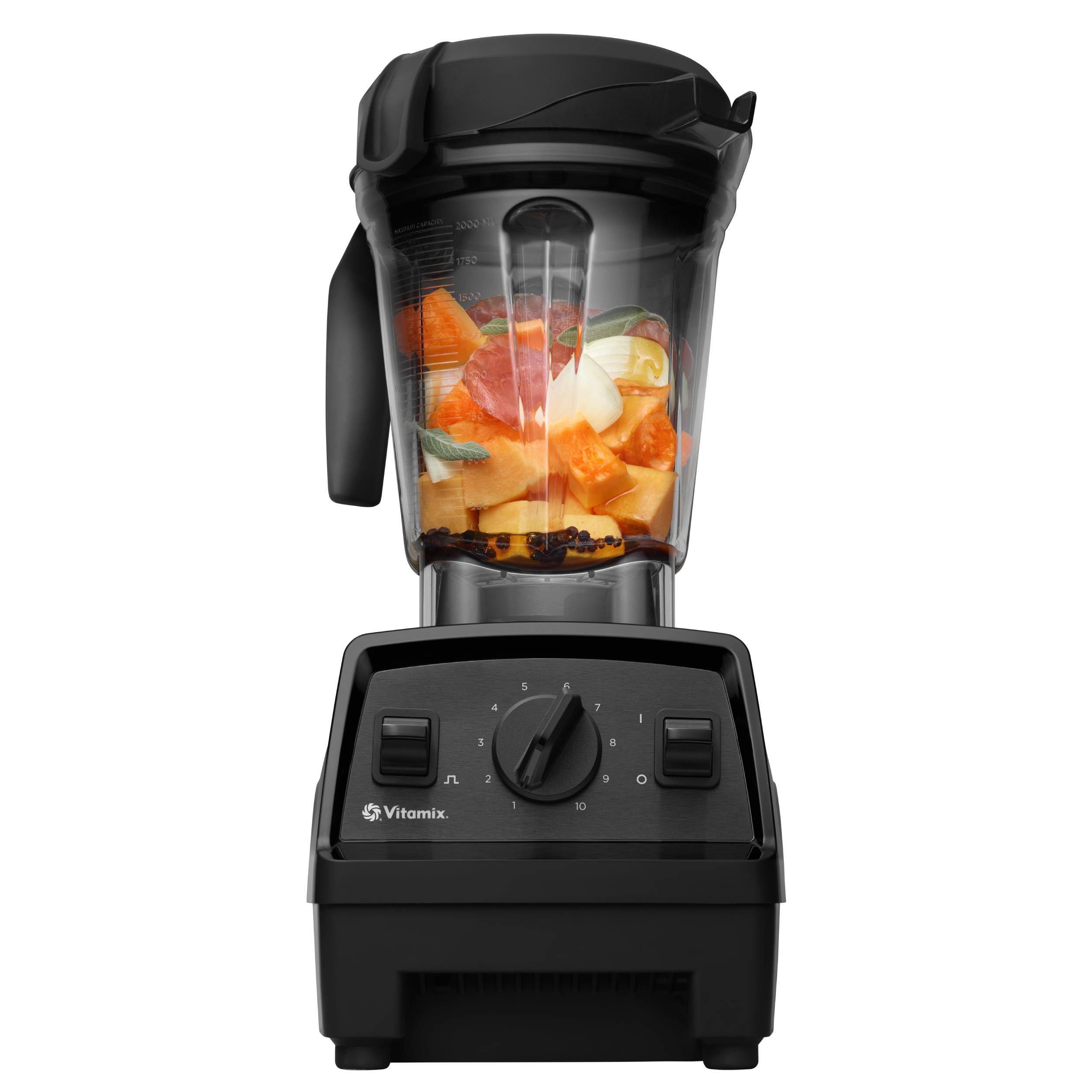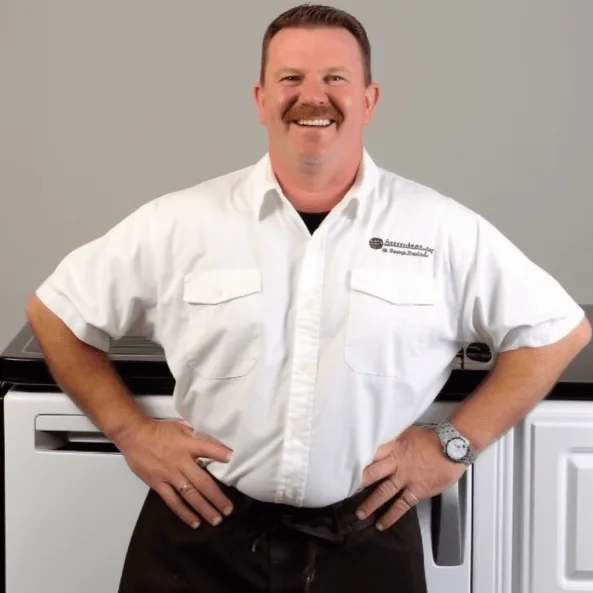Ever opened your freezer only to find a pool of water at the bottom? It’s frustrating, especially when you rely on your ice maker to keep drinks cool. You might be wondering what’s causing this leak and how to fix it.
This article will guide you through the common reasons your freezer might be leaking water. You’ll learn simple troubleshooting tips and easy fixes to get your ice maker back in working order. With a little know-how, you can save yourself from costly repairs and keep your freezer running smoothly.
Key Takeaways
- Common Causes: Water leakage in freezers often stems from clogged drain lines or issues with the ice maker, such as loose water lines or malfunctions.
- Identifying Symptoms: Key indicators of leaks include puddles under the freezer and reduced ice production, both signaling potential underlying problems.
- Troubleshooting Steps: Begin troubleshooting by checking the water supply line for kinks or damage, inspecting the ice maker, and ensuring all connections are secure.
- Preventive Maintenance: Regularly clean the ice maker, inspect the drain line, and monitor ice production to prevent leaks before they occur.
- Proper Installation: Ensure your freezer and ice maker are correctly installed on a level surface, with proper water supply connections and adequate space for airflow to avoid leaks.
Common Causes of Freezer Leaking Water from Ice Maker
Understanding why your freezer leaks water from the ice maker can simplify troubleshooting. Here are some common causes to consider.





Clogged Drain Line
A clogged drain line often causes water buildup in your freezer. Debris, ice, or food particles can obstruct the drain, preventing water from flowing out. When this happens, water pools in the bottom of the freezer.
To address this, locate the drain hole at the back of the freezer. Remove any visible blockages with warm water or a small tool. If ice is causing an issue, a hairdryer can help melt it.
Ice Maker Issues
Malfunctions or misalignments in the ice maker often lead to leaks. For example, if the ice maker’s water line is damaged or loose, it may drip water. Overfilling the ice maker can also cause excess water to leak out.
Check the water line connection to ensure it’s secure. Inspect the ice maker for cracks or any damage. If you notice excess ice buildup, defrost the unit and adjust the fill level according to your ice maker’s instructions.
By addressing these common causes, you can resolve water leakage and maintain your ice maker’s efficiency.





Symptoms of Freezer Leaking Water
Identifying the signs of a freezer leaking water helps pinpoint the issue quickly. Pay attention to these common symptoms.
Puddles Underneath the Freezer
Look for puddles forming on the floor beneath your freezer. These can indicate a significant leak from the ice maker or a clogged drain line. If you notice water pooling regularly, check for ice buildup in the drainage area. Clearing any blockages can often resolve the issue.
Reduced Ice Production
Monitor the amount of ice produced by the ice maker. If you notice a decrease in ice production, this could signal a malfunction. Insufficient water supply due to a clogged line or misalignment can lead to reduced ice output. Investigate the water supply line and ensure it’s not kinked or frozen. Addressing it promptly can restore normal ice production.
Troubleshooting Steps
If your freezer is leaking water from the ice maker, several simple checks can help identify the cause. Follow these steps to get started.
Checking the Water Supply Line
- Locate the Water Supply Line: Find where the water line connects to the back of your refrigerator. Ensure it’s easily accessible for inspection.
- Inspect for Kinks or Damage: Look for any visible kinks, cracks, or tears in the line. This damage can restrict flow and lead to leaks.
- Tighten Connections: Make sure all connections are secure. Loose fittings can result in leaks, so tighten them as needed.
- Turn on the Water Supply: Confirm the water supply is turned on fully. A partially closed valve can decrease water flow and affect ice production.
- Check for Ice Blockages: Make sure there’s no ice blocking the line. If you see ice, thaw it carefully.
- Examine the Ice Maker: Look at the ice maker unit itself for signs of malfunction. Check for water puddles or ice buildup around the unit.
- Clear Ice Buildup: Remove ice that’s accumulated in or around the ice maker. Excess ice can lead to overflow issues.
- Check the Fill Tube: Inspect the fill tube for obstructions. A blocked fill tube can prevent the ice maker from functioning properly.
- Test the Ice Maker: Manually activate the ice maker. If it cycles, it indicates the unit is operational. If it doesn’t, you may need to troubleshoot further.
- Reset the Unit: If problems persist, resetting the ice maker can sometimes resolve issues. Check your manual for specific reset instructions.
Following these troubleshooting steps addresses common problems that lead to water leaking from your ice maker.





Preventive Measures
Taking preventive measures helps avoid problems with your ice maker. Following a few simple practices keeps your freezer running smoothly and minimizes leaks.
Regular Maintenance Tips
- Inspect the Drain Line: Check the drain line monthly for ice buildup or clogs. Clear it if necessary to ensure proper drainage.
- Clean the Ice Maker: Regularly clean the ice maker using a mixture of warm water and vinegar. This prevents mineral buildup and maintains performance.
- Check for Leaks: Regularly examine the water supply line and connections. Tighten any loose fittings to avoid leaks.
- Monitor Ice Production: Keep an eye on the amount of ice your unit produces. A sudden drop may indicate an underlying issue.
- Adjust the Temperature: Set your freezer to about 0°F (-18°C). This optimal temperature reduces ice buildup and prevents leaks.
Importance of Proper Installation
Proper installation significantly impacts the ice maker’s function. Follow these guidelines to ensure successful setup:
- Select a Level Surface: Ensure your freezer sits on a level surface. An uneven base can lead to drainage problems and water pooling.
- Install Water Supply Correctly: Follow manufacturer instructions when connecting the water supply. Use the right fittings and avoid kinks in the hose.
- Verify Positioning: Position the ice maker according to guidelines, allowing enough space for proper airflow. Insufficient space can lead to overheating and leaks.
- Avoid Overfilling: Do not overfill the ice maker. Overloaded units can malfunction, causing excessive water discharge.
Implementing these preventive measures keeps your freezer and ice maker functioning correctly, avoiding unnecessary water leaks.
Conclusion
Dealing with a leaking ice maker can be frustrating but you’re not alone in this. By understanding the common causes and following the troubleshooting tips, you can tackle the issue head-on. Regular maintenance is key to preventing future leaks and keeping your ice maker running smoothly.
Make it a habit to check for clogs and inspect your water lines. A little attention goes a long way in ensuring your freezer stays in top shape. If problems persist don’t hesitate to reach out to a professional. With the right approach you’ll have your ice maker working perfectly in no time.
Frequently Asked Questions
What causes water pooling at the bottom of my freezer?
Water pooling in your freezer is often caused by a clogged drain line, which may be blocked by debris or ice. It can also result from malfunctions in the ice maker, such as a damaged water line or issues with overfilling. Regular maintenance can help prevent this problem.
How can I identify if my ice maker is leaking?
Look for puddles forming on the floor beneath the freezer, which may indicate a leak or clogged drain line. Additionally, if you notice reduced ice production, it could signal a malfunction or insufficient water supply, prompting further investigation.
What are some quick fixes for my leaking ice maker?
Check the water supply line for kinks or damage, and ensure all connections are tight. If necessary, clear any ice buildup in the drainage area and inspect the fill tube for obstructions. Resetting the ice maker may also help resolve the issue.
How can I prevent ice maker leaks in the future?
To prevent leaks, regularly inspect the drain line for clogs, clean the ice maker to avoid mineral buildup, and monitor the water supply line for leaks. Setting your freezer temperature to around 0°F (-18°C) can minimize ice buildup, contributing to overall functionality.
When should I seek professional help for my ice maker issue?
If the troubleshooting steps do not resolve the problem, or if you experience persistent leaks or malfunctions, it may be time to consult a professional. Signs like excessive ice buildup, ongoing leaks, or significant drops in ice production warrant expert assessment.

Hey, I’m Jake. I focus on cooling systems at Appliance Mastery, like fridges, freezers, and air conditioners.
I’ve worked in appliance repair for more than ten years and I’m certified through NASTeC. I’ve seen just about every fridge issue you can imagine.
My goal is to help you fix problems without stress. Whether it’s a freezer that won’t cool or an AC that keeps beeping, I’m here to walk you through it.
